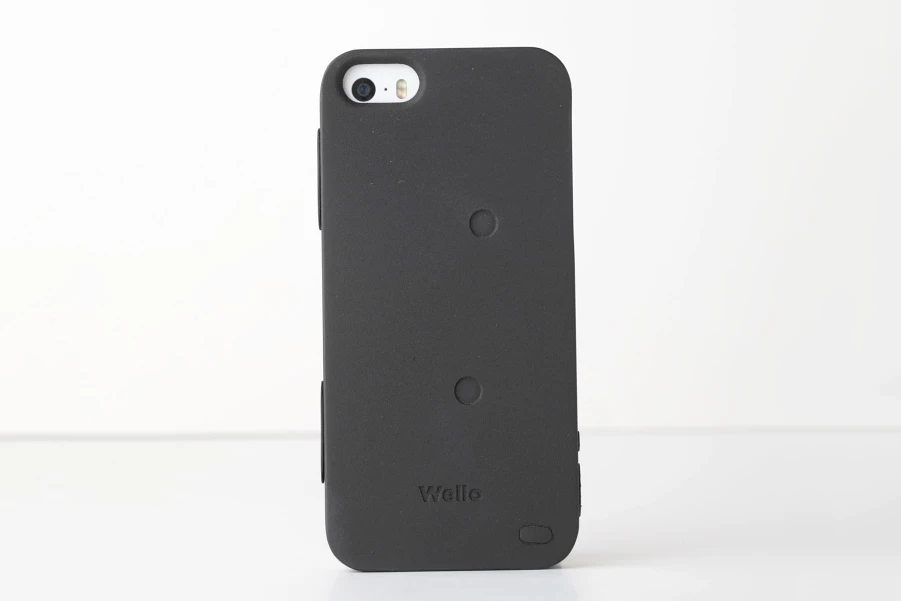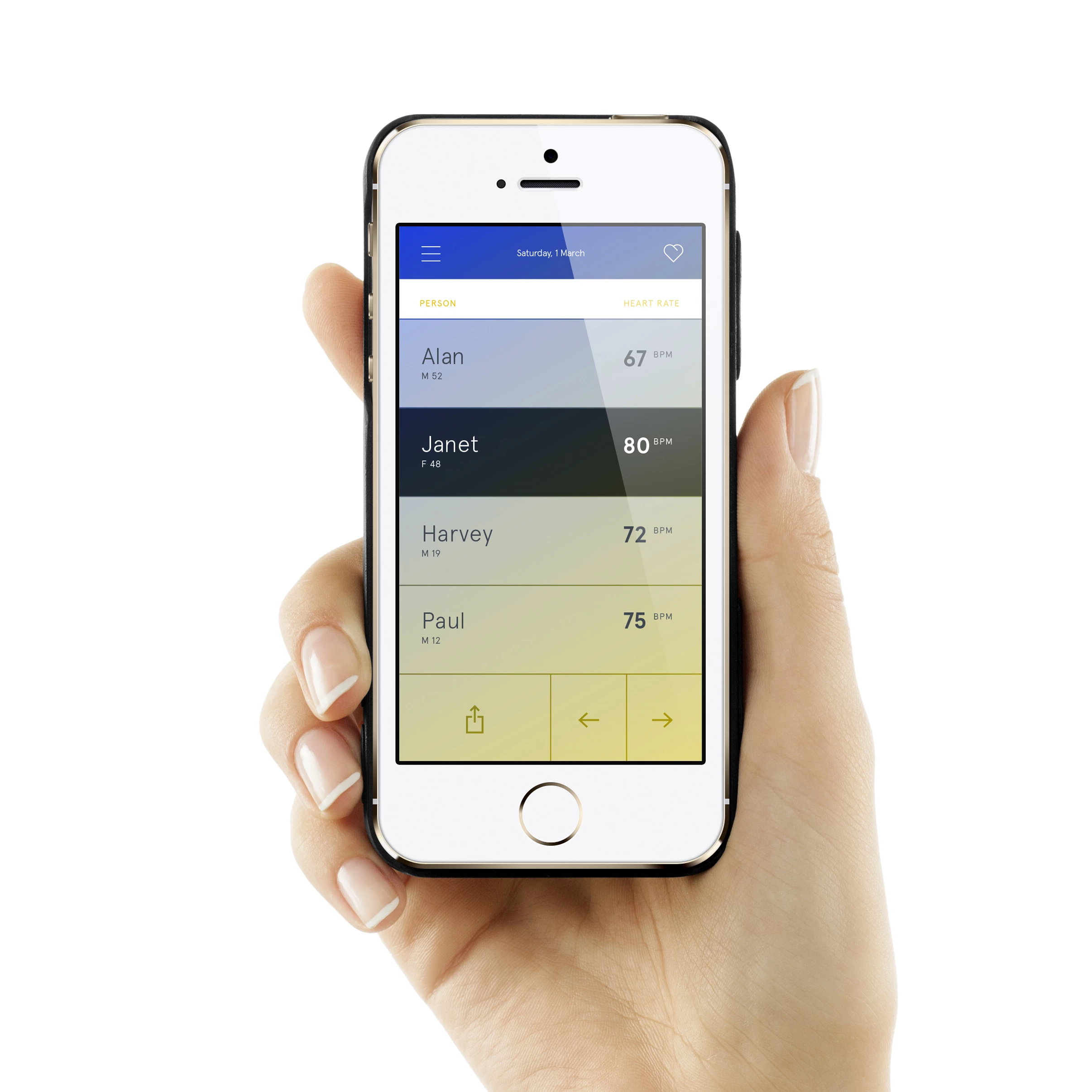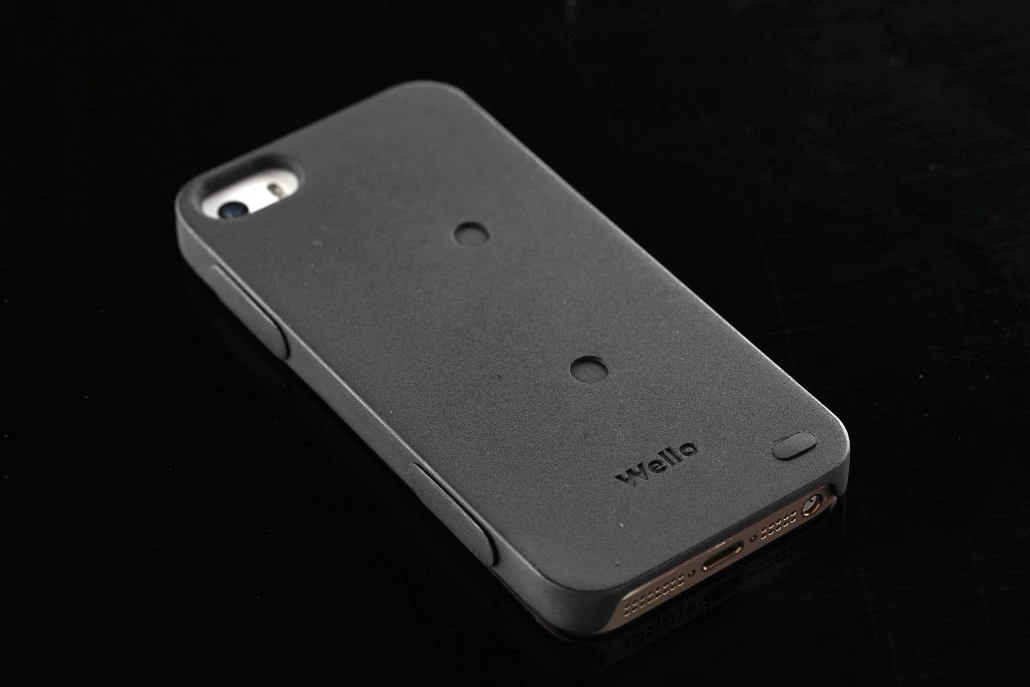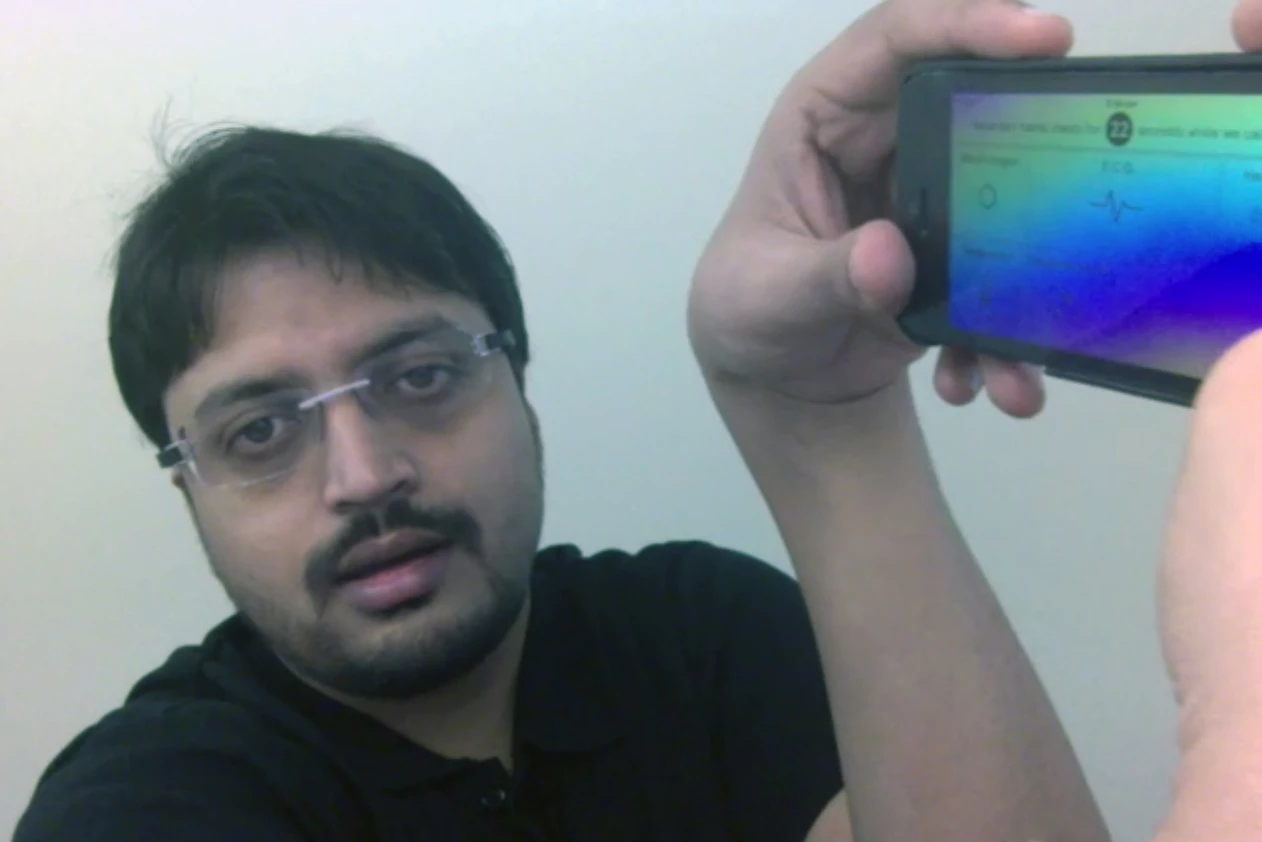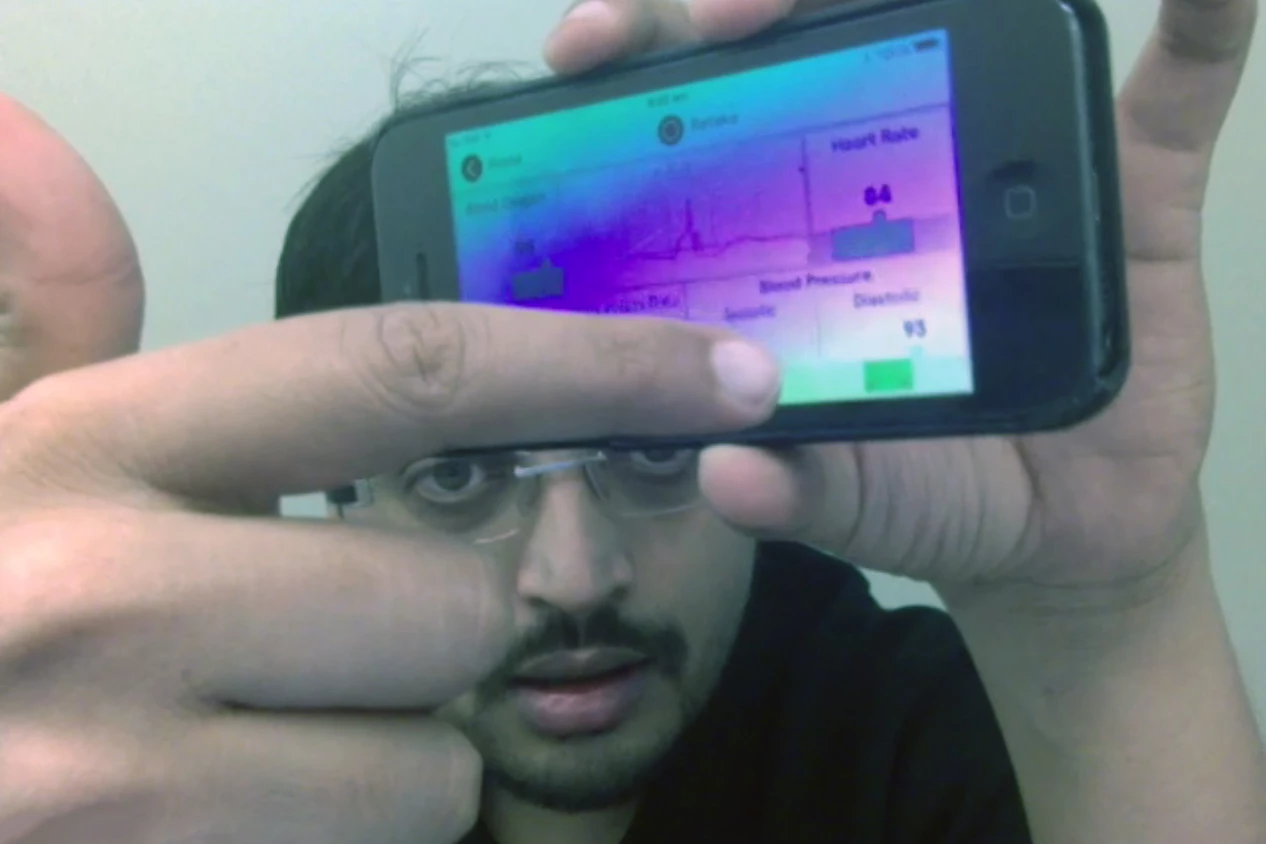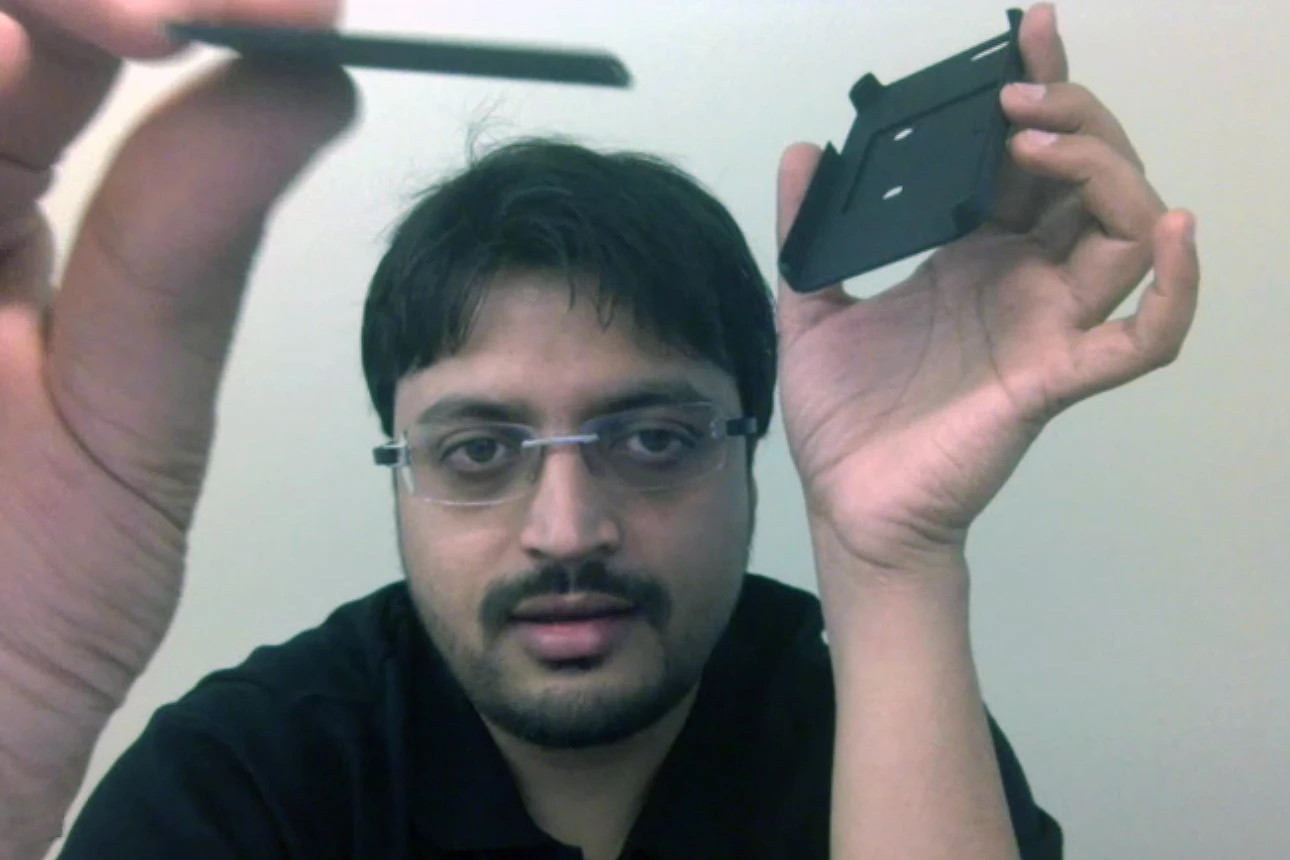Health monitoring start-up Azoi has announced the availability of a significant product in the form of the Wello, a lightweight smartphone case embedded with sensors that measures blood pressure, electrocardiography (ECG), heart rate, blood oxygen, temperature, and lung functions to a high level of accuracy. The US$199 Wello case will be initially available for iPhone 4S, 5 and 5S, but for those who don’t have one of those phones, the case will still work with any IOS or android device which has Bluetooth LE functionality – you just won’t be able to use the case on your phone.
With such functionality, the Wello has the potential to become a disruptive technology, enabling people in developed countries to track all their key vital health data, and make more informed lifestyle choices. In developing countries where the healthcare system is poor or non-existent, it has the potential to facilitate much more.
“Over the last two years, we have focused our efforts on coming up with a technologically advanced yet easy-to-use tool to help you monitor health and facilitate better lifestyle choices,” Azoi's founder and CEO, Hamish Patel, told Gizmag.com.
“We are proud to introduce Wello – a not so small engineering feat in microelectronics, nanosensors, imaging, data analytics and design, that we hope will make a big difference in helping the world become a healthier place. We have effectively put health monitoring equipment, typically in large form factors, into a highly convenient and accessible mobile phone case.”
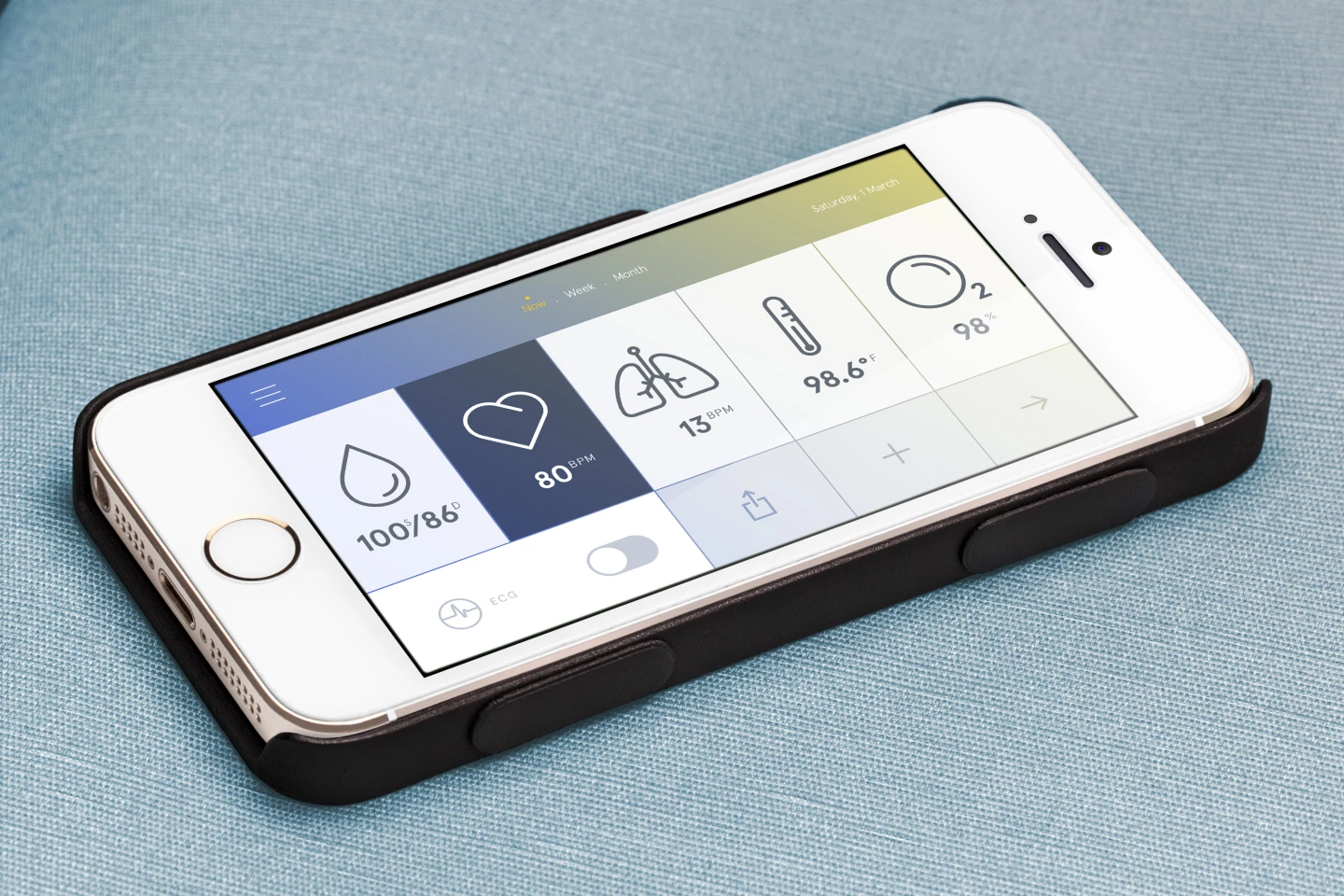
Statistics about global health problems and the incidence of preventable diseases are all too familiar. According to the World Health Organization, heart disease is the number one cause of death worldwide, hypertension afflicts nearly a billion people globally and 347 million people have diabetes. With simple, regular monitoring of health data, people are better equipped to identify potential issues and seek advice before they become serious illnesses.
“All too often, health problems go undetected until they are too late to address,” says Patel. “We believe that through improved self-awareness of key vitals, technology could very easily reduce the incidence and impact of a wide range of illnesses and diseases. Not only could this help ensure healthier, happier lives, but it could also ease the growing burden on healthcare services.”
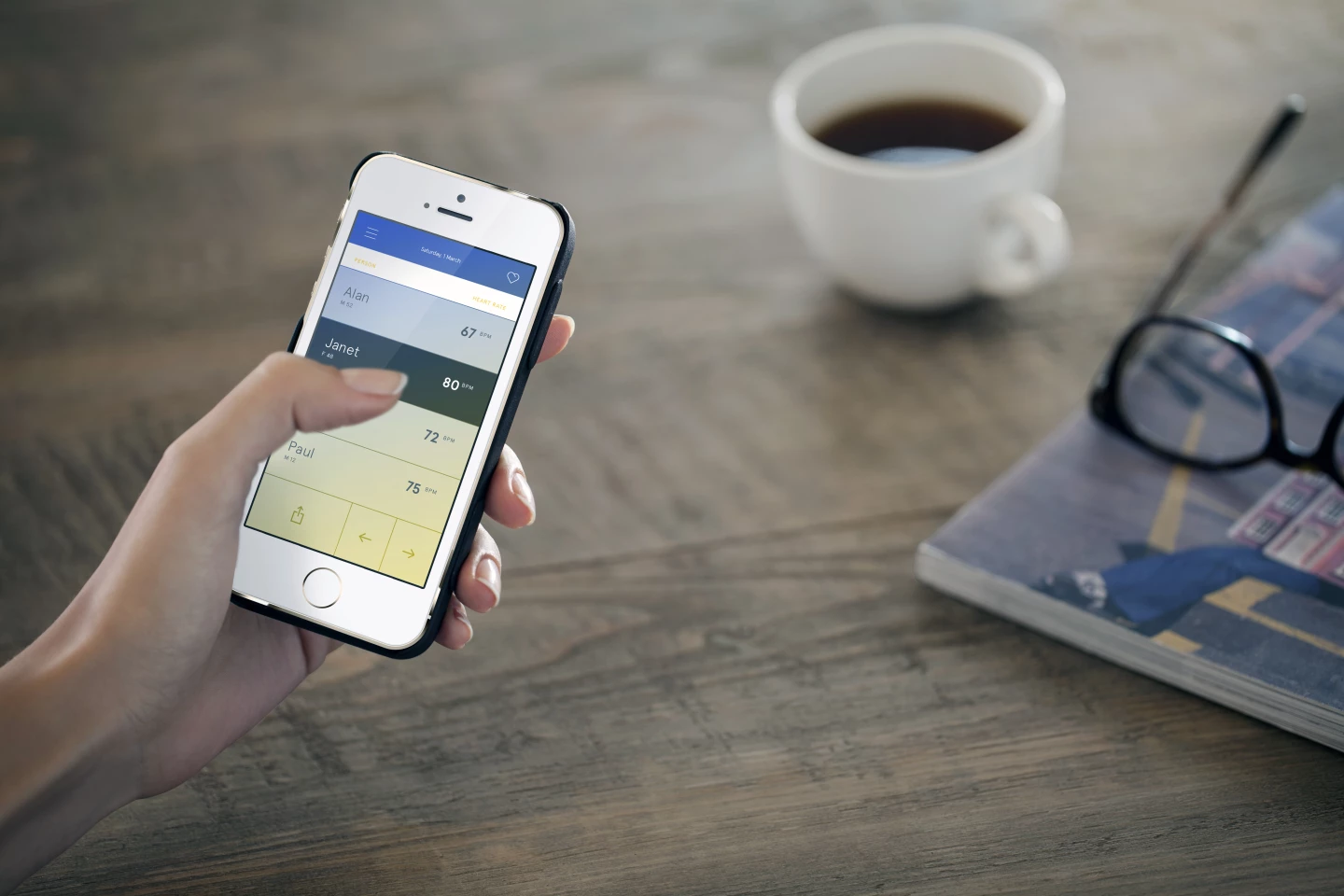
Wello is the first ever device to allow you to measure and record your vitals from wherever you are. It conveniently slides onto a smartphone disguised as a case so you always have it with you. You simply hold it for a few moments while hidden sensors take measurements and pass on gathered information to the Wello app. Not only do you get instantaneous results and key data about your health, over time you’ll see patterns that hopefully will help you take better care of yourself.
It also connects with other health and fitness devices such as pedometers and sleep trackers to help identify how different behaviors can affect one’s bodily state. Furthermore, Wello provides safe and secure remote access, so it can be used to track the key vitals of family members too.
Azoi has been in stealth mode for the last two years as it has developed the Wello case, but we were given a sneak preview earlier this week and can report that it appeared to work as advertised, offering a quite astonishing array of health monitoring tools that will almost certainly have a major impact on the lives of many people.
The Wello is likely to be the first such device to offer this array of health monitoring functionality, with the only other contender being the Scanadu Scout, a device which Gizmag covered last year during its now complete Indiegogo fund raising campaign. Scanadu has not yet released the product.
It seems quite easy to use. Click to start, put your fingers on the sensors for around 10 to 15 seconds, and it begins to read out heart rate, ECG, blood oxygen levels, temperature, respiration, systolic and diastolic blood pressure.
"If you already have existing devices, like fitbit, or a Jawbone Up, our device syncs to all that data and basically we correlate all the readings of all your vitals that we take," Patel told Gizmag.
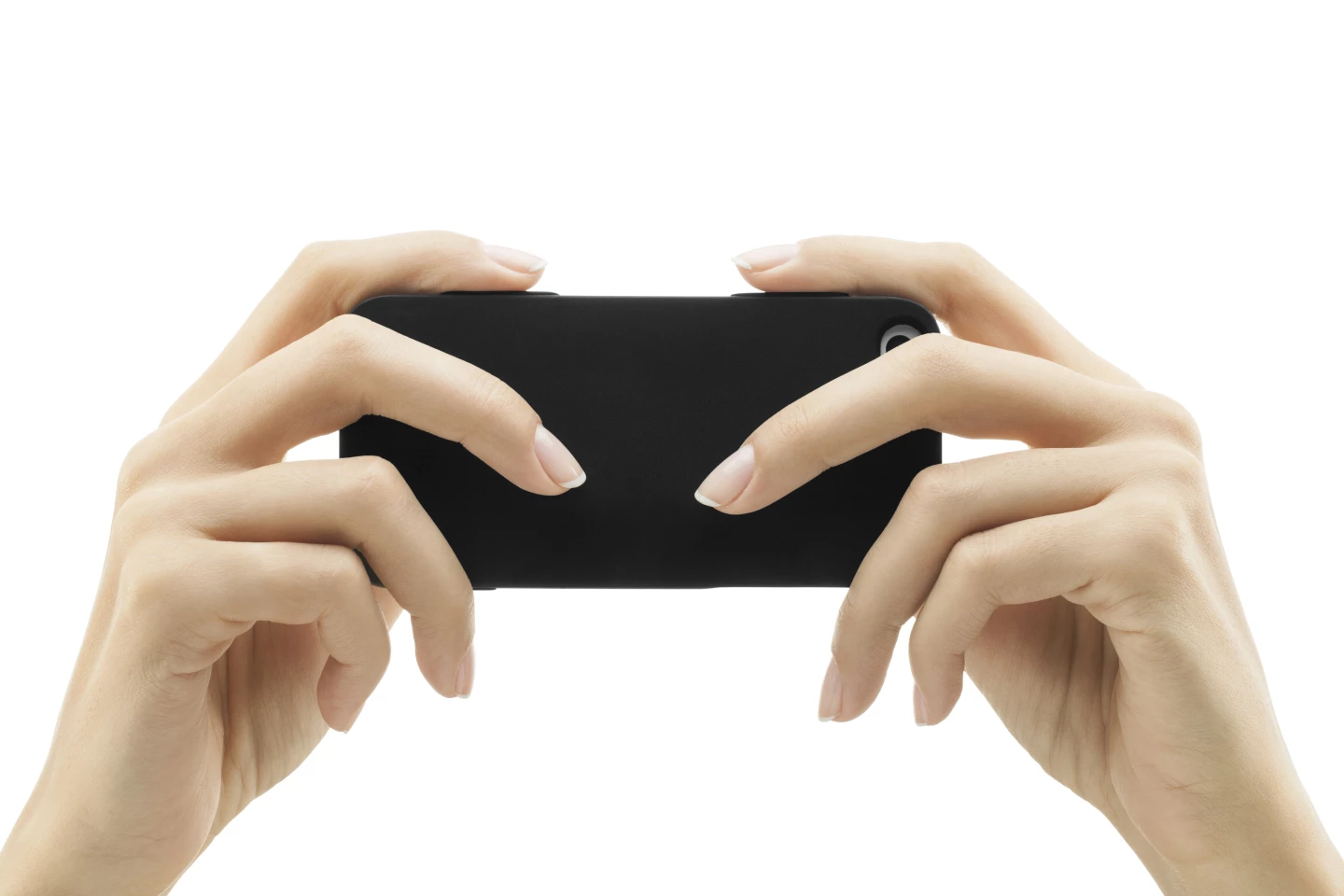
"The Wello will read heart rate, temperature, blood oxygen levels, systolic and diastolic blood pressure, ECG, and it does other heart functions too and it also does your lung function tests, which is the first of its kind", says Patel.
"If you were to do your lung function tests right now, you would have to go to the hospital, as there is no low-cost device you can use at home to keep a regular track of your lungs.
"Lung function is very important because lung diseases are the third largest killer of people in the world, killing a lot more people each year than diabetes. Respirometer prices start at US$1500 and upwards, and they are so big and intimidating, it restricts mass adoption of such devices. By miniaturizing the technology and giving the same level of clinical accuracy, we’re taking lung function tests into the home for the first time, which is likely to create a very positive impact on your lifestyle and that of your family.
"The Wello is also not intimidating, and that was our big goal with this device. We set out to create a product that was with you most of the time, that disappears when you’re not using it. That was one of the most important goals for us and we cracked how to do it around six to seven months back and we’ve been refining the product ever since to get it into production and we’re ready now."
What were the major challenges during the development phase?
"The development process has taken around two years. We’re a 40 person company at present. Most of us are technologists engineers and product designers. The first goal was how to figure out how to do all those things and do it with the most minimalistic hardware possible, which we've now achieved.
"There were a lot of challenges with the first step – developing the sensors and fitting all those sensors into a very portable device was a huge challenge. Of course since it’s a mobile device, power consumption was extremely high initially but Bluetooth LE (BLE) solved a lot of the power issues, and the power consumption of the communication network was drastically reduced.
"The sensors also consume a lot of power but we actually have managed to systematically reduce the power consumption of the sensors so that you can now run this device for around two months on a single charge. It has a rechargeable battery inside it which charges from wall sockets or a computer via a USB connection.
"Our initial prototypes were extremely large, but with each iteration, we reduced the footprint and we had a couple of great tools we found over the last year which helped to bring it down in size. Things like working out how to read blood pressure without a big cuff that goes around your arm. Now we don’t need that cuff, all you need to do is hold the Wello case and it reads your blood pressure.
"The second biggest problem was how to miniaturize the respirometer in it and of course we had a lot of challenges in that also, but I think we’re in a good place now as we’ve solved all those major problems.
"With each new iteration in the development process, we started again to simplify and oversimplify it to go to the next level and now we’ve been able to use BLE, we’ve reached a level we’re happy with."
How have you financed the company to date?
"We have raised two rounds of funding, an angel round and a seed round. We formed the company in November 2011 and that was when we raised the angel investment round, and we raided a seed round in August 2013, and both rounds were subscribed through high net worth individuals in India, the United States and Africa."
As the founder, what's your background?
"I have an engineering degree in electronics from Bangalore University in India. Right after university I worked at Honeywell and I left there to pursue the idea and I started a company called Stealthflash, which was basically a research arm for this project, while I was figuring out all the aspects of all the technologies required. When the idea was mature, I formed the Azoi company."
Who has been involved in the development?
"We have done all of the development in-house so we have an R&D team, an app team, web developers, a product design team, and basically everything was built in-house because to build a product like this, we needed a lot of different expertise and the ability to coordinate it tightly."
Where is the company based?
"The company is based in Ahmedabad in India and we now have a US registered company. Now that the development of the product is over, we’re setting up an office in the Bay Area (San Francisco) and the manufacturing of the product will also be done in the United States in Texas."
What's the vision for the company?
"We want to keep creating products which will have a mass market positive impact in the lives of people so with Wello, if you think about it, a product like this in a country like India which has a healthcare penetration of next to nothing, you could just have one of those in each village and just share the readings with a doctor in the city via the mobile network and you can imagine the kinds of problems it would solve.
"People would not have to travel hundreds of kilometers just to get an ECG reading so this actually has the potential to create a huge impact on public healthcare. In a lot of countries it will mean different things to different people but in general we want to keep creating products which will have a significant impact on the lives of people everywhere.
How will the product transfer from phone to phone as people seem to upgrade their phones every twelve months to keep up with ever increasing functionality?"One of the problems we foresaw in the design phase was people continually upgrading their phones. Are people going to want to spend another US$199 again? We didn’t want users to have to do that, so what we did was put all the electronics into a single cartridge which slips into the case so you can remove the cartridge with all the electronics inside it. When you buy a new phone, you can just buy another case from us for somewhere between US$5 and US$10 and use the same cartridge. Customers won’t have to spend US$199 every time they upgrade their phone.
"We have a universal port on the case so it can be upgraded. Just say for example, that we came up with a way for measuring non-invasive glucose levels – we’re not actually doing this by the way, but if we did, you wouldn’t have to pay US$199 again, because we expect to be able to leverage all the electronics which are inside already and come up with a lower cost version of the add-on. So it’s scalable hardware in that sense – you don’t need to use new hardware every time.
So what upgrades to functionality do you envisage?
"We’re going to continue to invest in Wello and the number of vital readings that it takes, and what you can do with those vitals. Our goal is not just to show the user those measurements because they may not understand what they mean. We want to make it very simple for anyone to understand the data it collects.
"We can read a lot more body vitals than we’re launching with, however we have our own internal compliance processes and we continually test the readings we’re getting against a lot of existing clinical devices that exist in the market to verify the accuracy of those readings. That is a very long and time-consuming internal compliance process and until we’re happy with the accuracy of those readings, we can’t launch with those features because it’s a health device and it must be accurate. It’s just not as easy as putting the sensors together and have it start working accurately straight away. There are a lot of new iterations to come, but I can’t tell you about them right now exactly what other future readings we’ll do.
"We also have other product lines under development but we’ll talk about those when the products become more mature."
What smartphones will you cater for at launch?
"Initially, we’ll be launching with Apple iPhone 4S, 5 and 5S but because it has Bluetooth LE, we can read into any iOS device or android phone with Bluetooth LE will work with the Wello. With Android, there are too many form factors for us to do them all, and as a start-up we cannot cater to all of them with individual cases. We intend to tie-up with the mobile case companies later on, to actually get the $5 case produced for those other phones, and the users can slip the cartridge with all the electronics in it into their phone case then. We have developed design guidelines for a number of other form factor cases, but as a company, we’re only supporting these models initially. This case will work with any android phone with Bluetooth LE now, it's just that the case won’t fit."
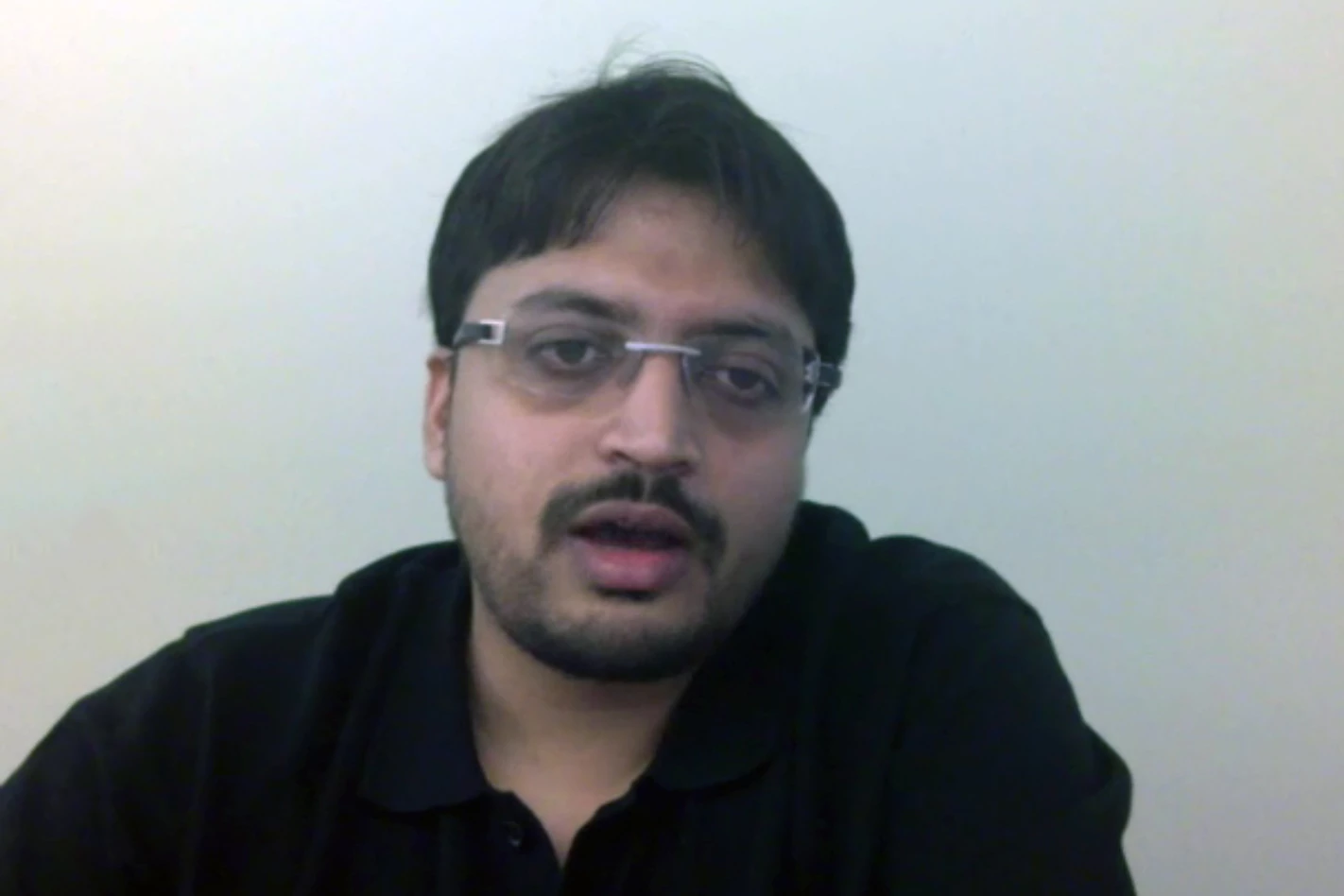
Do you see more potential for Wello in developing countries or in richer countries?
"Initially, we expect it will get more traction in the United States, Canada and the European countries where there are a lot of people who are early adopters. A lot of people in those countries will recognize that the Wello solves the very important problem of monitoring your vitals and that it has a strong use case in their lives.
"However, as far as having a major impact on society, I think it will have greater impact in developing countries as time goes by because of its low cost and the mobility factor that it has. It has a two month charge so you don’t need constant power. If you have a cell phone and a Wello, you’re good to go for a very long time.
"You don’t need to keep it plugged in and you can share the data easily from a remote location. So it potentially has a lot more impact and some very compelling use cases in developing countries, and we’re really excited about the prospect of the way people will use it. As far as initial traction for the product though, we’re also excited about how it will be used in the North America and Europe, because of the impact it can have in influencing people's personal lives.
"Different countries will use it in different ways. I am from India, and it’s a cultural thing in India that you live at home for a long time, and because I am a very busy person and I run a start-up, I hardly ever spend time at home. At the moment it is very difficult for me to get my mum and dad to go for regular health check-ups. If I give a Wello case to my parents, I can keep a track of how they are doing, even when I’m sitting in my office in the Bay area. Due to the cultures of some countries, this could become a very important device."
Wello is now available for pre-order in the United States, Canada, China, India, Hong Kong, Singapore, the United Kingdom and across the European Union. Through Azoi’s referral program, every purchaser gets a unique URL to share and when a Wello is ordered using that URL they will get a $10 credit. In the United States, Wello retails for US$199 and will ship in Q3, 2014 pending FDA approval.
Source: Azoi

